Each of our educational programs is presented through our Traveling Museum and can be transformed to fit the needs of your audience. Whether you are an elementary school, an assisted living home, or anything in between, we can bring maritime history and science directly to you
View MMNC's program alignment to K-8 STEM, Social Studies, and ELA learning standards. Grades 9-12 coming soon!
While all of our education programs are free, we recommend a donation of $7 per participant/student — or however much you can afford! Your donation will support free education for Staten Islanders of all ages.
You can donate via mmncny.org/donations or through Venmo to @MMNCNY. Every penny is sincerely appreciated!
Current Educational Programs
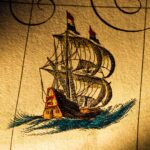
History of Navigation (Grade 5 to adult)
What is navigation and why is it important? In the History of Navigation, participants will gain an understanding of what navigation is and why it’s important to know how to get from one place to another. You’ll discover the New York Harbor and learn why it’s important to New York City! We’ll also discuss famous navigators that have sailed through the New York Harbor and the tools they used such as the compass, sextant, radar, and GPS. Participants will even have the opportunity to learn how to make and use a compass!
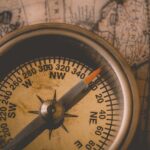
Compass History and Making (Grades K to 8)
How did sailors find their way around before GPS? This presentation includes the history and evolution of the compass–from the very first invented in China during the Han Dynasty to modern models used today. You’ll learn about magnetic poles, the compass rose, and discover how a compass works. Then, you can try your hand at creating your own compass using common household items!

Morse Code and Maritime Communication (Grade 3 to adult)
···· · ·−·· ·−·· −−− ! In this one of a kind program, participants will discover the various ways people communicate and why communication is so important–especially on a ship! You’ll meet Samuel Morse, his invention of Morse Code, and learn how Morse code operates. Participants will be given an up-close look at Morse Code keys from the museum’s collection and will even be able to hear and see their names translated into Morse Code.
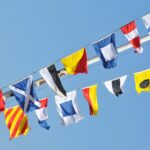
Nautical Signaling (Grades K to 8)
How do sailors communicate on the high seas? In Nautical Signaling, participants will learn about signal flags, their purpose, and how they aid in maritime communication. After learning about the different types of flags and their meanings, you’ll be able to practice signaling by using flags to spell out your name!
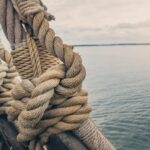
Nautical Rope Making and Knot Tying (Grades 1 to 5)
You do knot want to miss this one! In Nautical Rope Making and Knot Tying, participants will discover why ropes and knots are so important to sailing ships. We will discuss the various needs for rope on ships, the difference between rope and a line, and more. Plus, you can participate in a hands-on activity to create your own rope before learning how to tie three nautical knots: the Clove Hitch, Bowline and Squareknot.
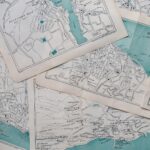
Maps and Charts (Grades 1 to 5)
Why are maps still important today? In this program, participants will learn how charts have been (and still are!) used to navigate in the waters surrounding Staten Island and beyond. They’ll be able to identify a variety of local landmarks and will learn to differentiate between land and water. The museum will provide a copy of a maritime chart of Staten Island and the surrounding waters for the children to color.
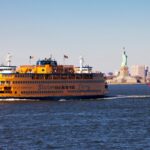
Staten Island Maritime History (coming soon)
Staten Island history is maritime history! Participants in this program will discover why our island’s maritime history is so important. They’ll get the chance to see aerial and map views that show how the borough is surrounded by water, all the while gaining an understanding of how we utilize the water around us. Participants will also explore some significant features in the maritime landscape including the Staten Island Ferry, our four bridges, Snug Harbor, Fort Wadsworth and more!

